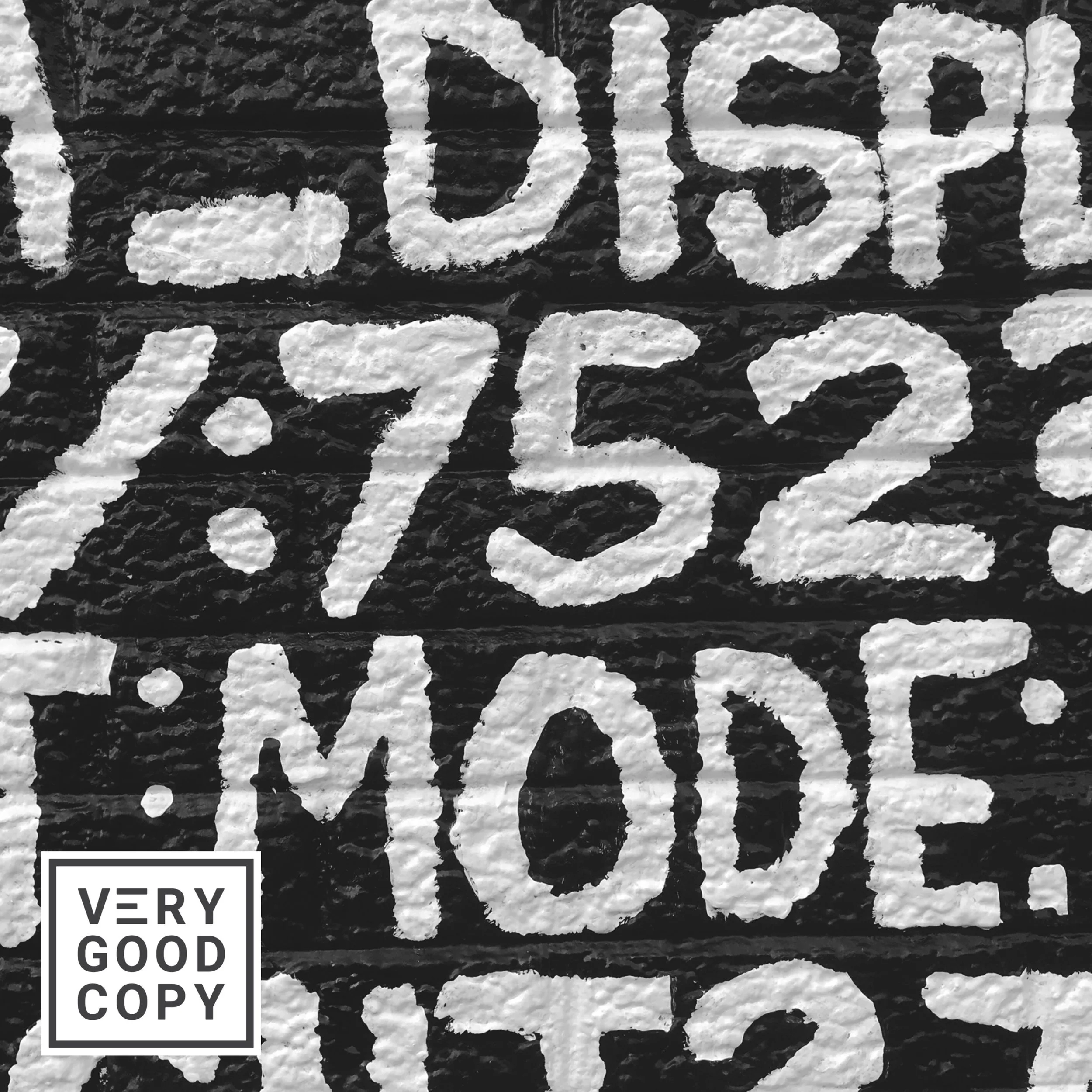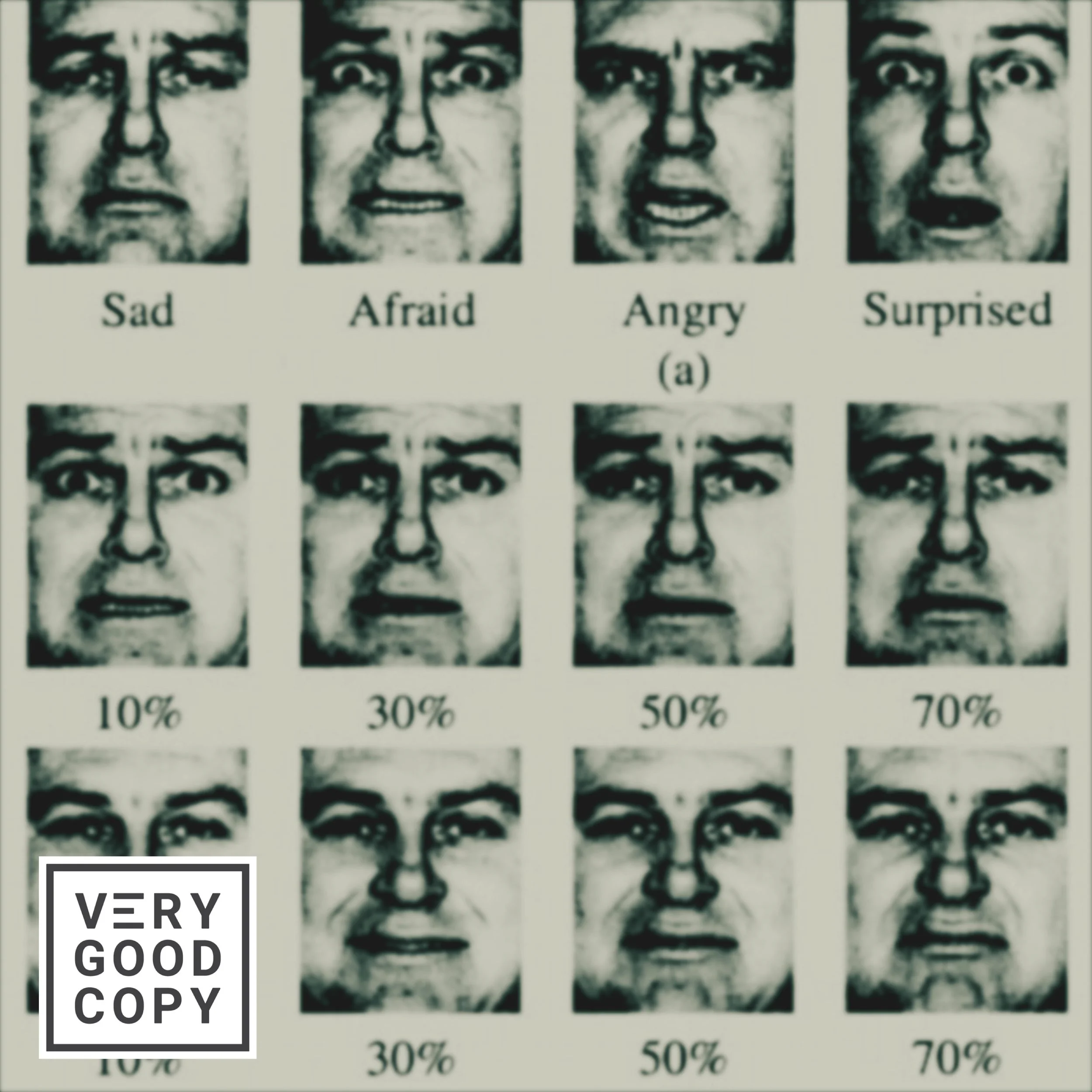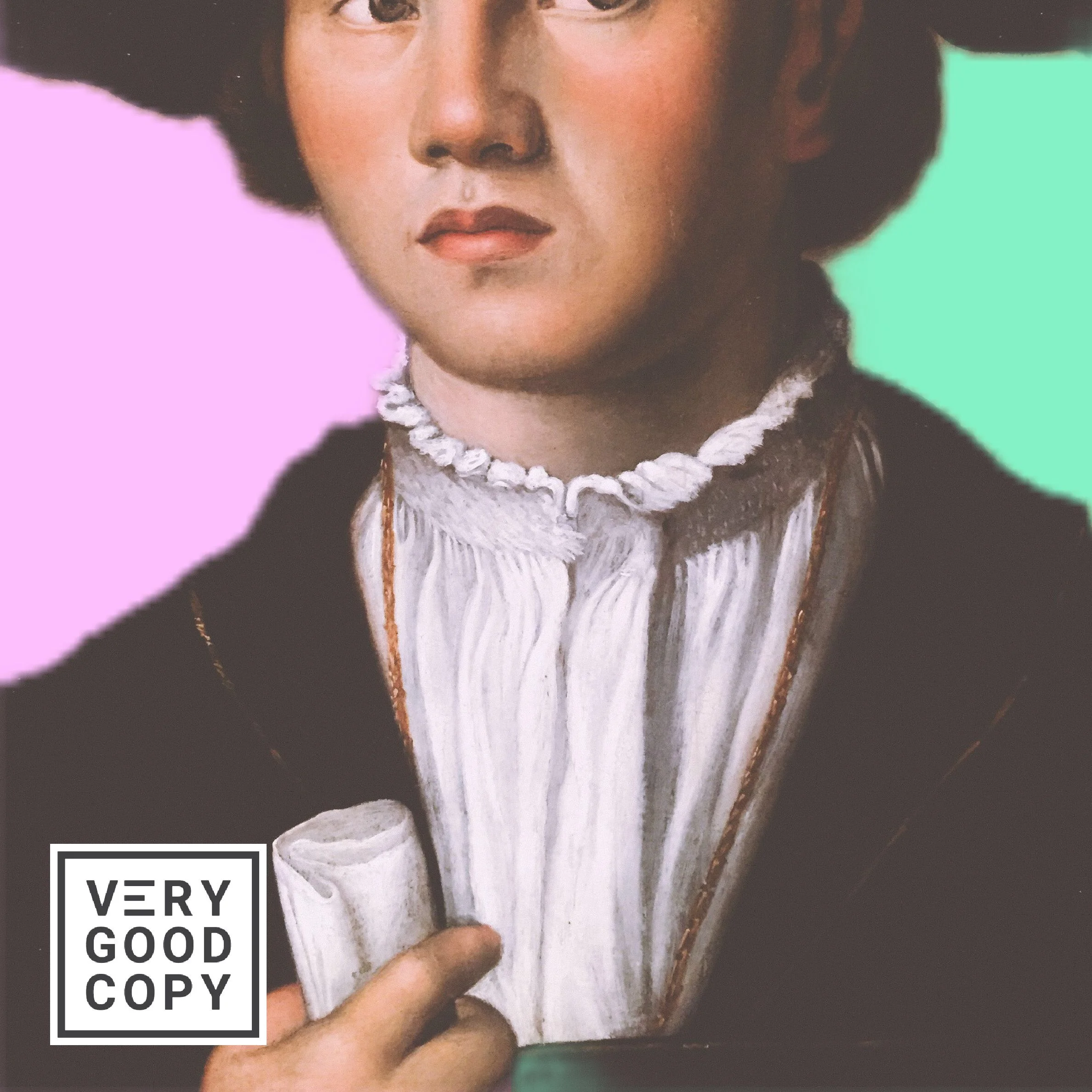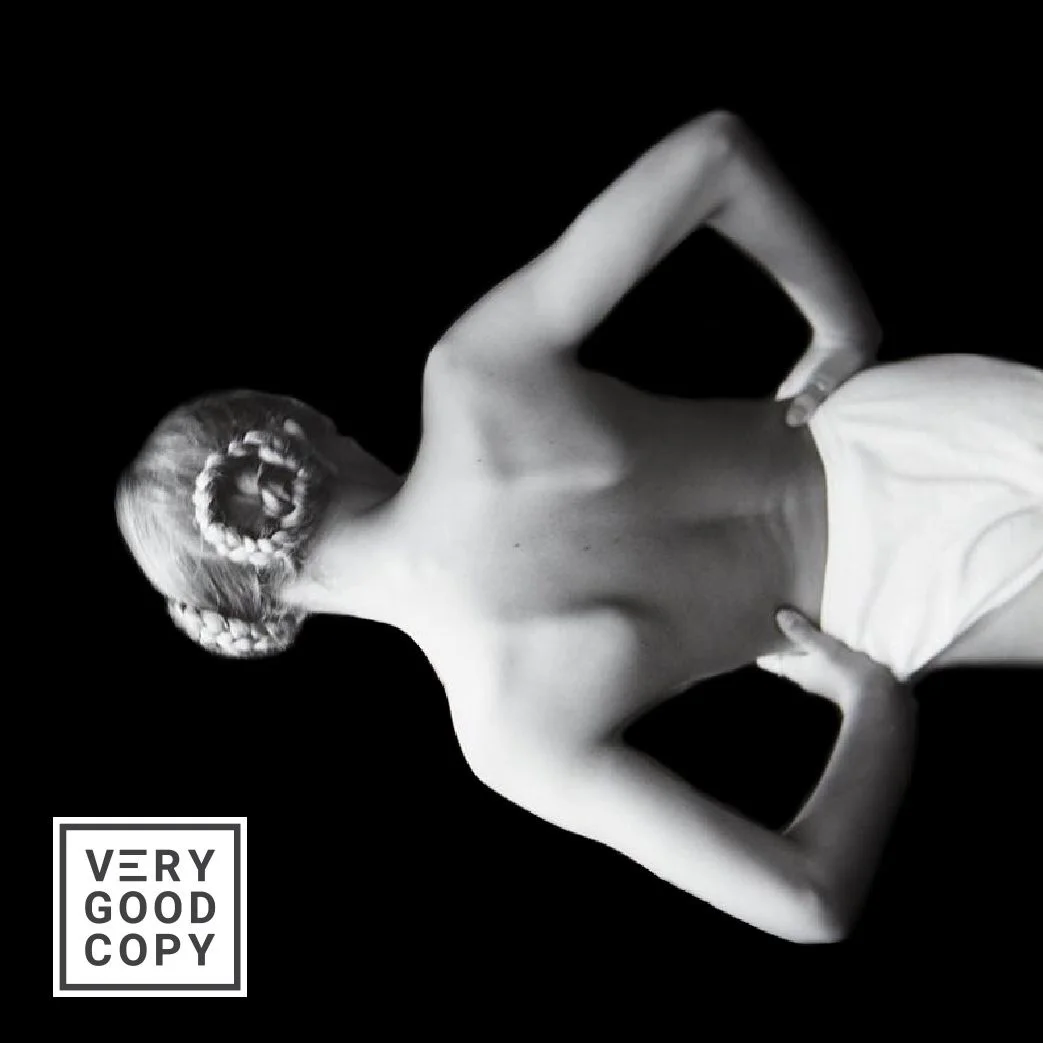![VERY+GOOD+COPY+[LOGO].png](https://images.squarespace-cdn.com/content/v1/5615edeae4b0b9df5c3d6e90/1511721135710-SZ78U1NCZENCFWPHLTAQ/VERY%2BGOOD%2BCOPY%2B%5BLOGO%5D.png)
The buildings in Jaipur, India are built of vibrant red brick. The entire place glows like Mars.
When I traveled there in 2015, I walked past an operating brick kiln.
The workers used donkeys to move the bricks from the ovens to the stockpile, where trucks would then pick them up for transport around the city.
The donkeys made efficient beasts of burden in the early morning, when it was still dark and cool, comfortable. But during the day, when it was hot, the donkeys slowed down.
![VeryGoodCopy logo [small].png](https://images.squarespace-cdn.com/content/v1/5615edeae4b0b9df5c3d6e90/1538626436031-M8Z0PYH53U11Y2QGA4CC/VeryGoodCopy+logo+%5Bsmall%5D.png)
JOIN THOUSANDS OF SUBSCRIBERS
The carrot or the stick?

The author, making questionable life choices in Jaipur.
To coax an ass forward, a worker dangled a carrot in front of its face. This worked well ... until it didn’t. Eventually, the donkey stopped caring about the carrot.
That's when the worker would strike the donkey on the thigh with a stick.
“Challo!” yelled the worker. “Let's go!” in Hindi.
Getting hit almost always made the donkey move.
The carrot sells, but the stick sells better.
In other words, pain is a more effective driver than pleasure.
This is true for people, too: we may jog to pleasure, but we'll sprint from pain.
My advice:
The secret to writing compelling copy is making the prospect feel something.
Our emotions, after all, are what compel action. Our logic only helps us to justify those actions after the fact.
One of the best ways to conjure emotion is by telling a story — that is, giving an example (i.e., a true story) or painting a metaphor (i.e., a made-up story) — that throws the prospect into the experience.
Just remember: a pleasant experience sells, but a painful one sells better.
LEARN TO PERSUADE
![VeryGoodCopy [Logo] DARK.png](https://images.squarespace-cdn.com/content/v1/5615edeae4b0b9df5c3d6e90/1527121221629-LE429H2LM7EBMVL241YX/VeryGoodCopy+%5BLogo%5D+DARK.png)
WRITE BETTER.
MARKET BETTER.
SELL MORE.
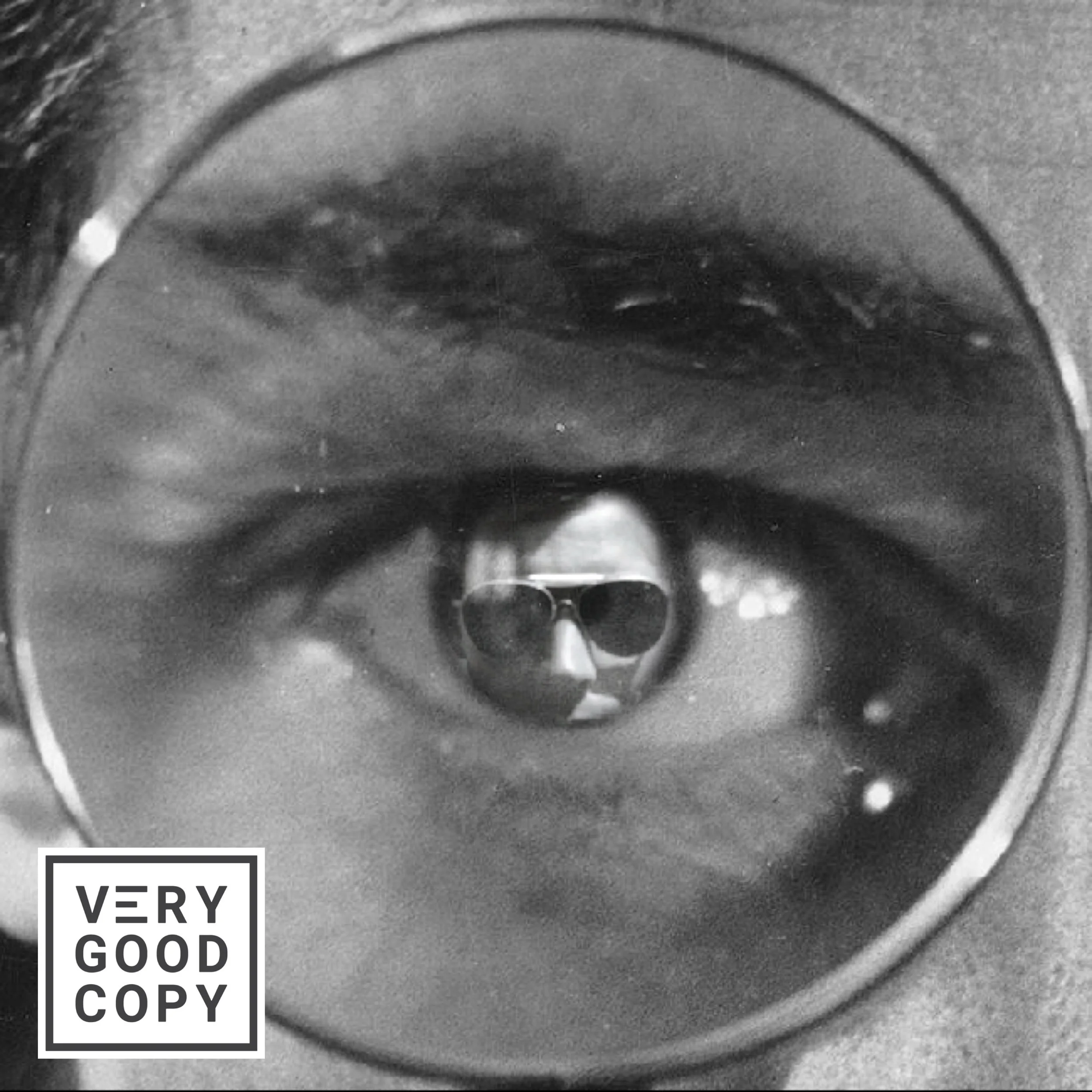

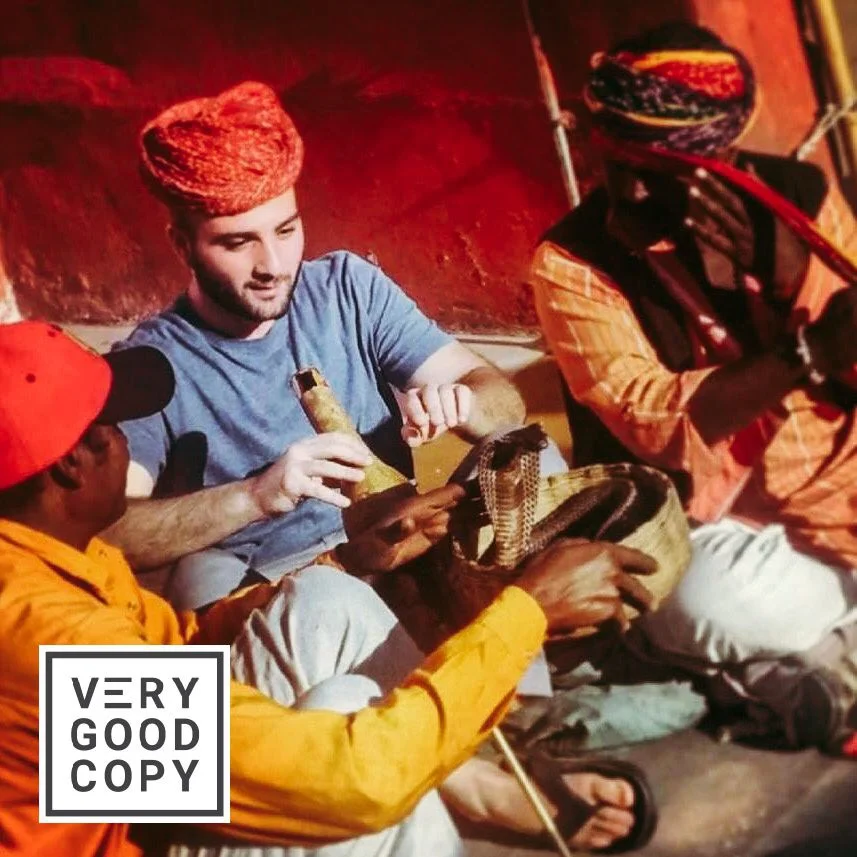
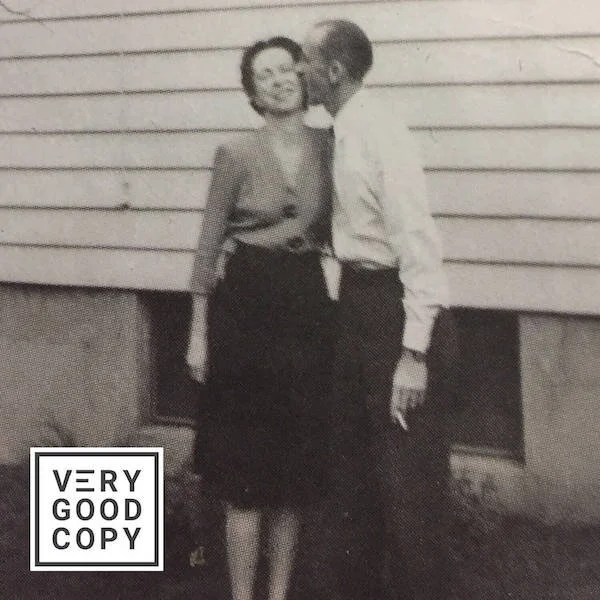
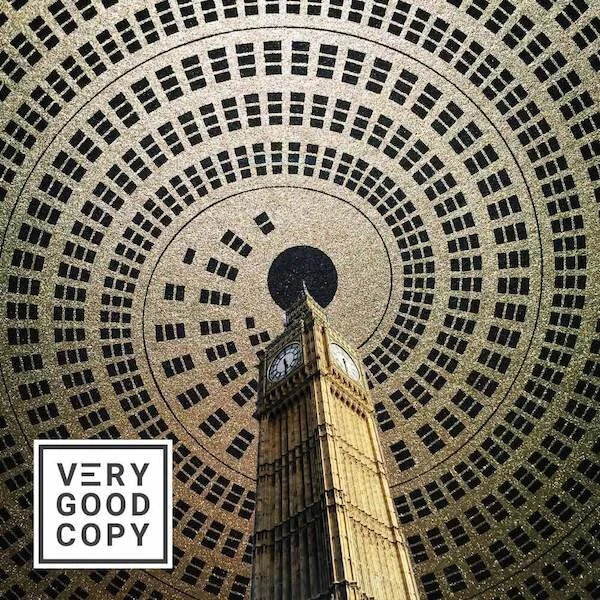
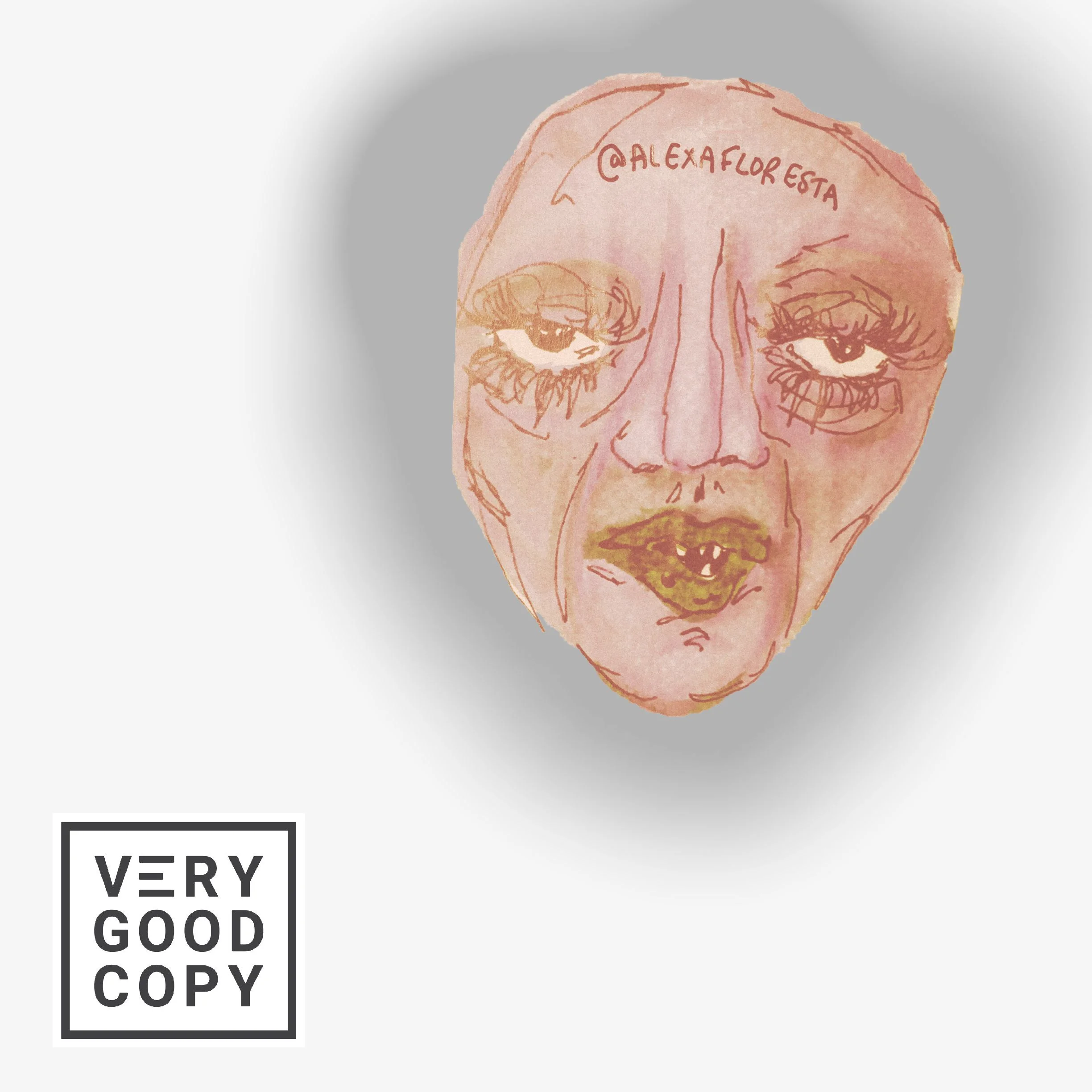
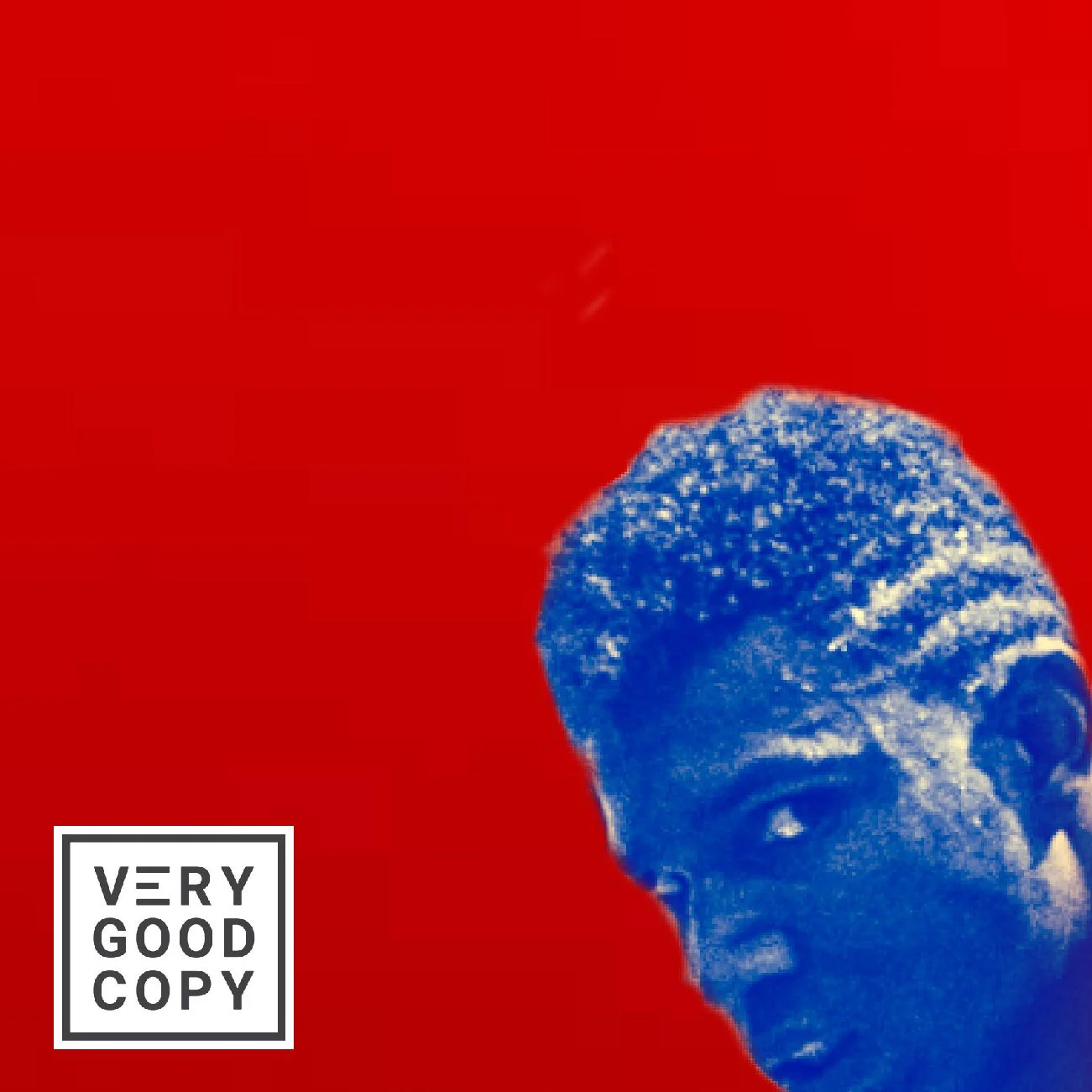












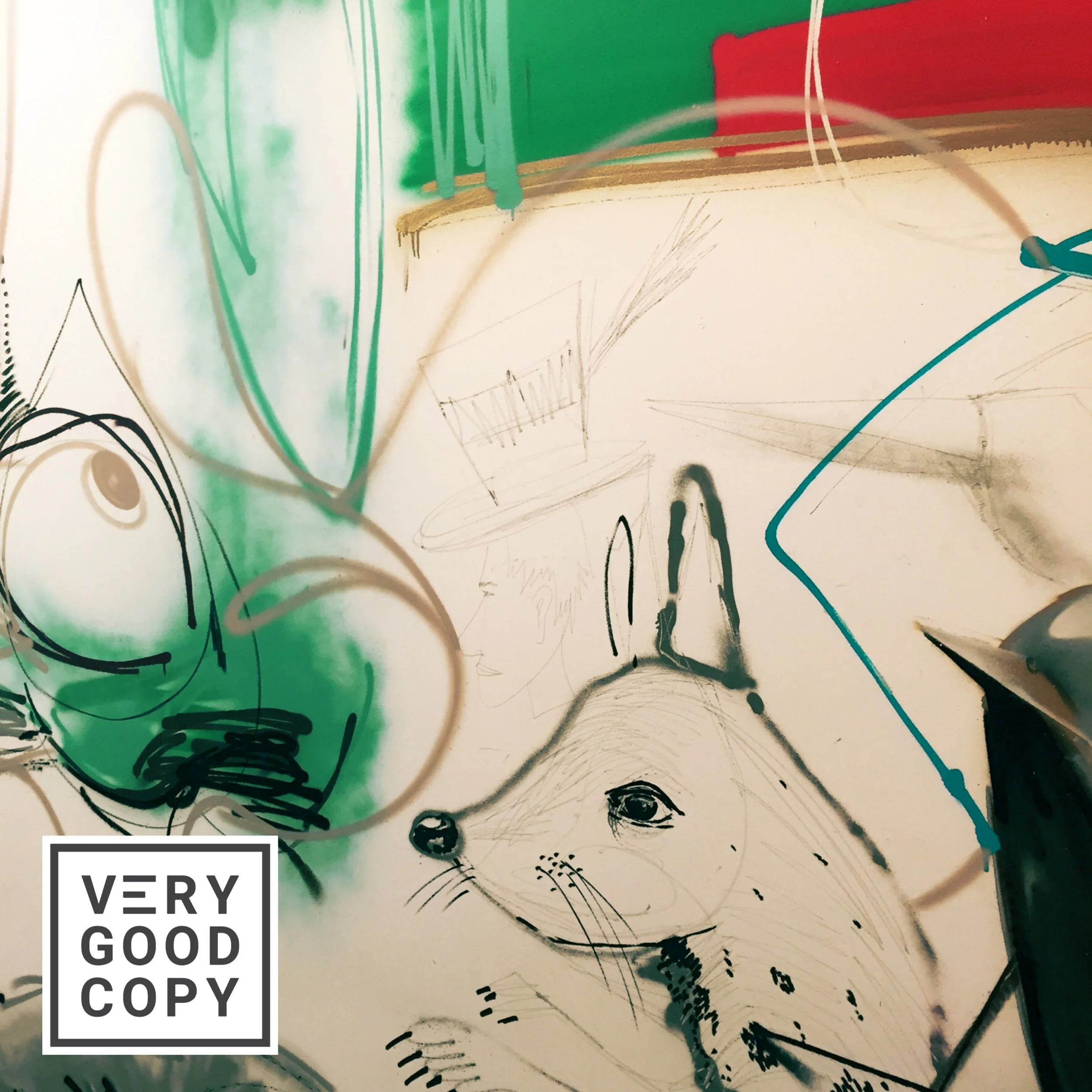












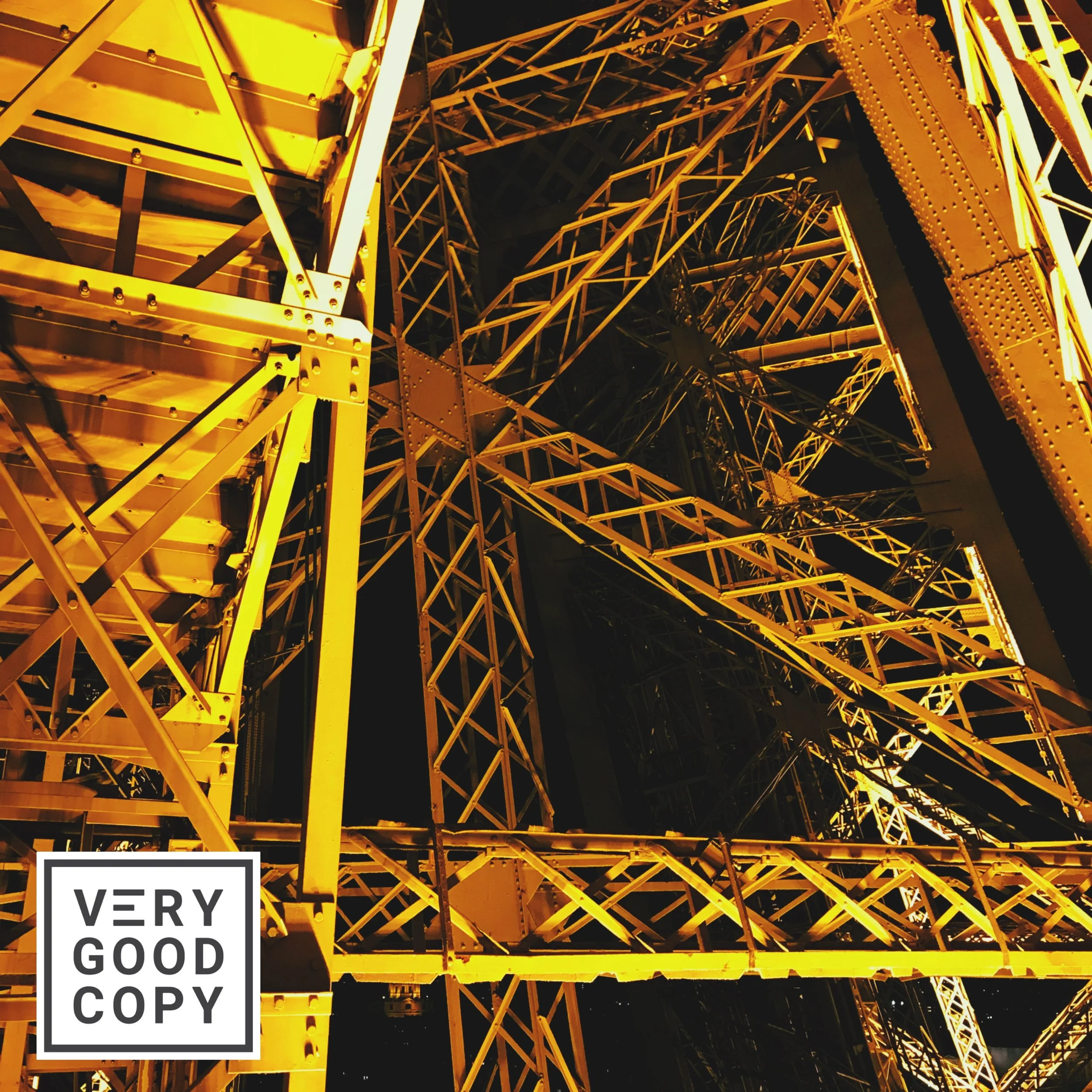



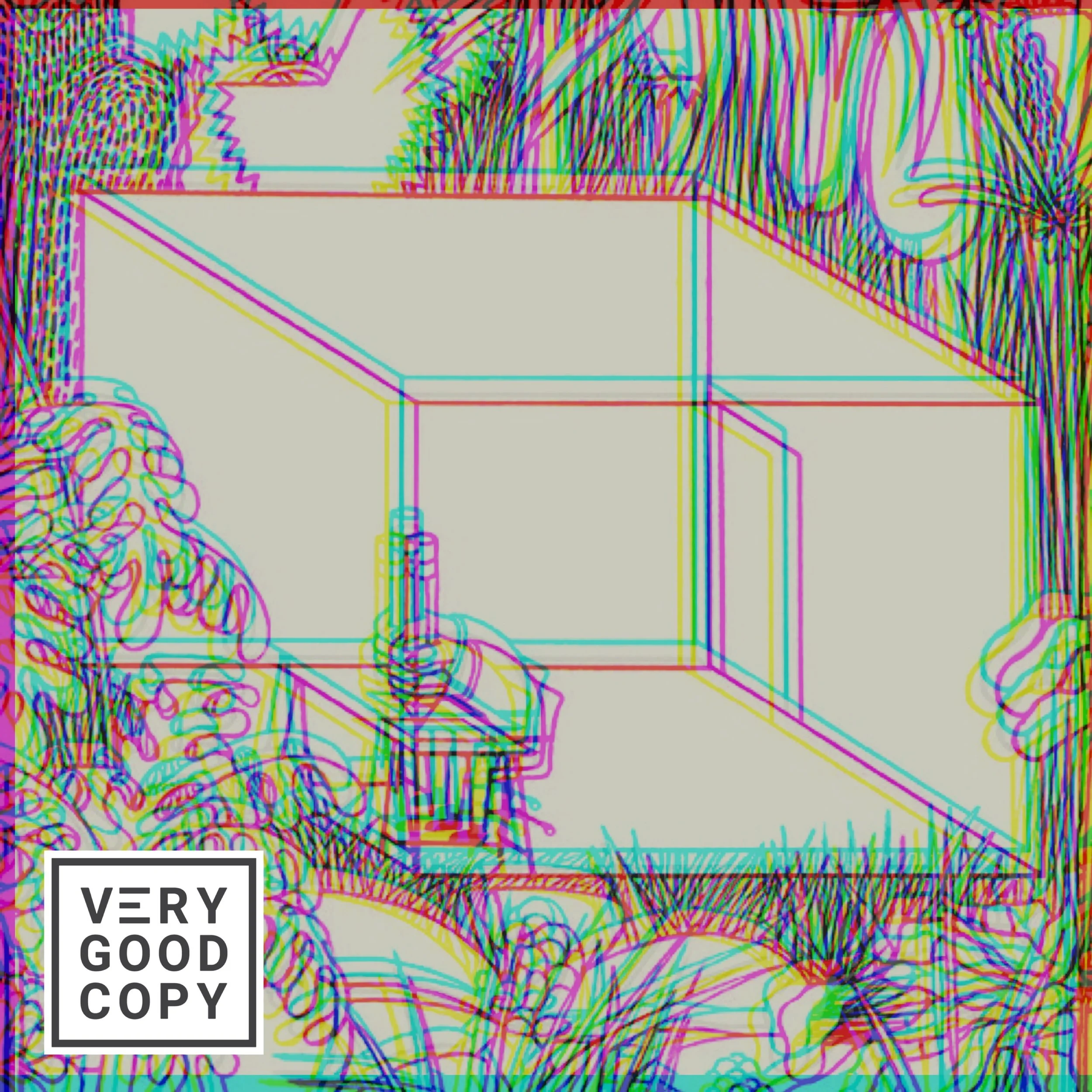
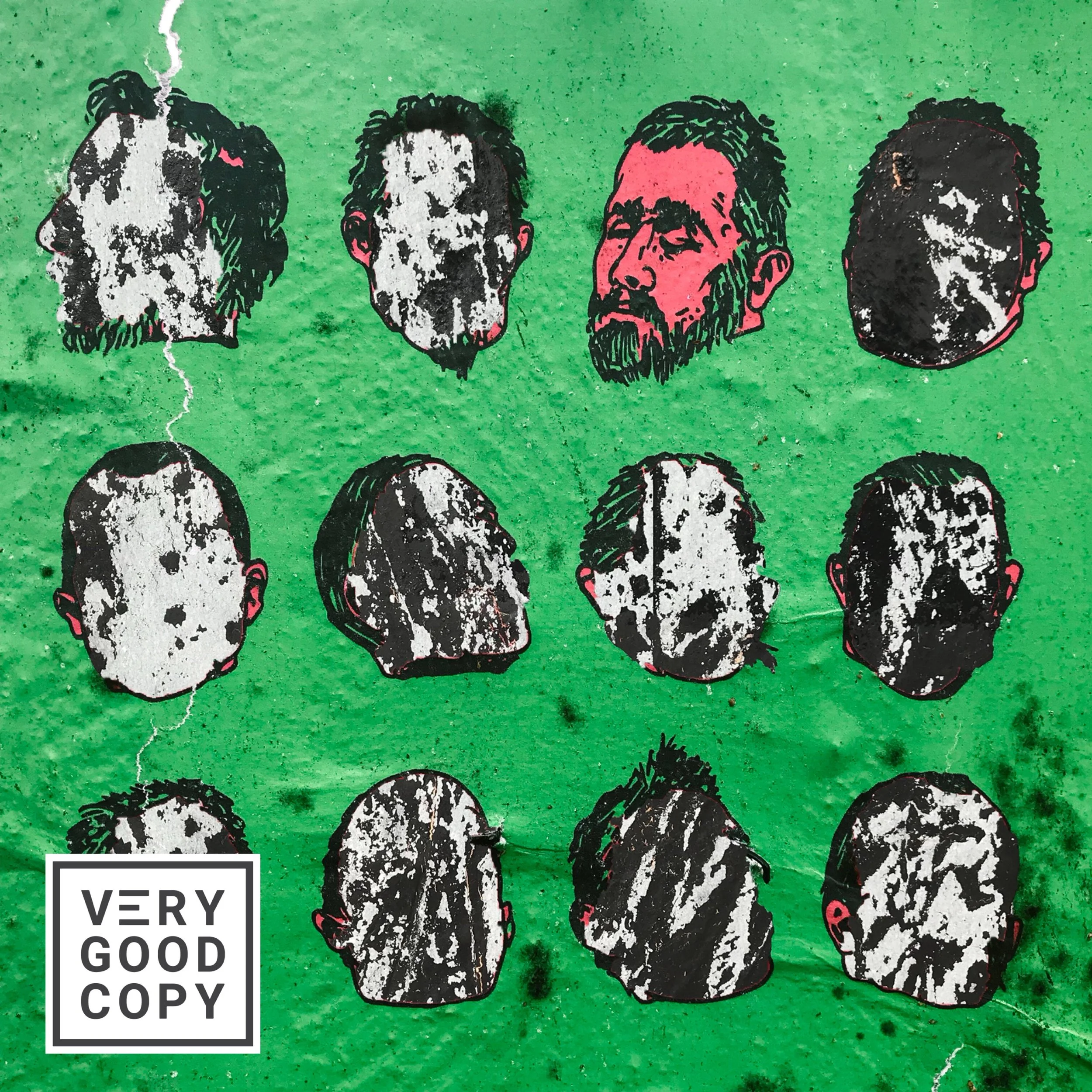

![How copywriters put prospects in the buying mood [quick trick]](https://images.squarespace-cdn.com/content/v1/5615edeae4b0b9df5c3d6e90/1533095575515-C2JPAZA3C46IBX00EMM8/Put+prospects+in+the+buying+mood+%5BVGC+art%5D.JPG)



